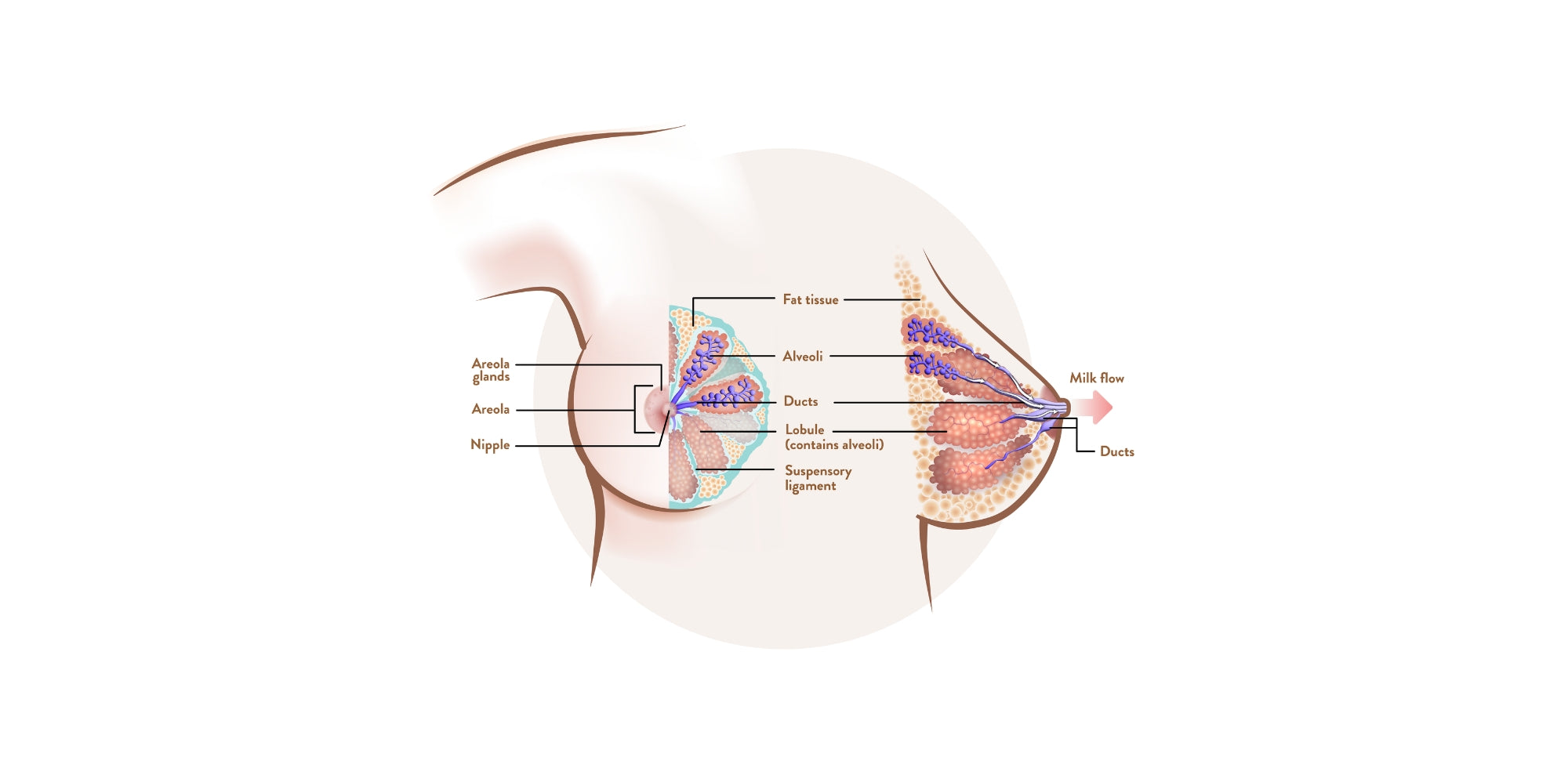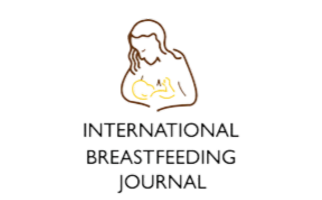If you’ve got a blocked milk duct or a damaged nipple and find yourself feeling super sick all of a sudden, you might have mastitis. Mastitis can leave you bedridden and feeling downright horrible – the last thing a breastfeeding mama needs.
What is Mastitis?
Mastitis is an inflammation of the breast. Sometimes it leads to an infection; other times, it’s just inflammation alone. Neither type is fun. If you have mastitis, you might have a painful, swollen area on your breast. Your skin may be red or pink with shiny, silvery streaks (harder to see on darker skin), and your breast may feel hot and sore. One thing is for sure – mastitis can leave you feeling pretty awful. It’s infamous for coming on suddenly and causing flu-like symptoms such as fever, chills, headache and body aches and pains.
As horrible as it is, mastitis is one of the most common ailments experienced by breastfeeding mamas. A Lactamo survey of Australian mamas found that a whopping 49% had experienced mastitis. Meanwhile, healthdirect.gov.au reports that around one in five breastfeeding mamas in Australia comes down with mastitis in the first six months of their baby’s life. It can happen anytime, from birth to weaning, but it’s particularly common in the early days of breastfeeding.
What causes mastitis?
Mastitis is most commonly caused by a blocked milk duct that hasn’t been cleared. When milk builds up behind the blockage, it can be forced into the surrounding breast tissue, which can make that tissue inflamed and lead to mastitis. Because it can come on very quickly, you might not have any early signs of a blocked duct before mastitis strikes. Missing or delaying breastfeeds, rapid weaning, your baby’s poor attachment to the breast, or too-tight bras are all common mastitis culprits. Mastitis can also occur when bacteria enter the breast tissue via cracked and damaged nipples.
What can you do to treat mastitis?
The good news is that with the right treatment, you can recover from mastitis quickly. The key is to start treating it as soon as possible.
- Continue to feed or pump from your sore breast. Start feeds on the affected breast but make sure your other breast doesn’t become engorged. Your milk is still perfectly safe for your baby when you have mastitis, but it might taste a bit different, which can sometimes lead to breast refusal. If you’re struggling to get your baby to feed when you have mastitis, try these practical tips to encourage them to get back on the breastfeeding bandwagon ASAP.
- Encourage your milk flow. Making sure you’re as relaxed as possible and spending some time skin-to-skin with your baby before a feed can help your let-down reflex and aid your milk flow, all of which help with breast drainage when you have mastitis. The Australian Breastfeeding Association, the Royal Women’s Hospital, and experts like Dr Katie Willy and Pinky McKay advise mamas with mastitis to try gentle breast massage while feeding, pumping, or showering. As nurse and midwife Caitlin Murphy says, “breast massage can be extremely beneficial if you experience mastitis. Massage can provide comfort as well as relief!” Lactamo has been designed to make gentle but effective breast massage simple – even when mastitis is making you feel completely yuck.
- Reduce inflammation. The Academy of Breastfeeding Medicine released an updated protocol for mastitis treatment in 2022, and it recommends mamas with mastitis focus on reducing inflammation in their breast. Nurse and lactation consultant Kate Barry says gentle breast massage with a Lactamo can aid lymphatic drainage and lower inflammation. “We want to get rid of the inflammation to allow that milk to flow. Gently mobilising our breasts helps to elongate the ducts, stretch things out and get things moving.”
- Use warmth and cold. The Australian Breastfeeding Association and raisingchildren.net.au recommend mamas with mastitis apply warmth to the affected breast before breastfeeding or pumping to encourage their milk flow, clear blockages and relieve pain. Try using a heated Lactamo in a warm shower. Applying something cold to your sore breast between feeds can reduce inflammation and ease discomfort. Save the cabbage leaves and frozen peas for dinner – a cooled Lactamo is tailor-made for the job.
- Change up your breastfeeding position. Varying your position can help ensure your breast is well-drained.
- Take it easy. When you’re ill with mastitis, it’s important to take care of yourself. Drink plenty of water and rest as much as you can. Now’s the time for your support people to step in and take care of the household tasks and your other children if you have them.
- See your GP, especially if you feel very unwell or don’t start to feel better within 12 – 24 hours. You might need antibiotics.
If you suspect you have mastitis, it’s important to act fast because, while rare, untreated mastitis can develop into a breast abscess. If you don’t start to feel better after a few days of treatment, get in touch with your doctor again.
Can you prevent mastitis?
Avoiding breast engorgement and blocked milk ducts can help you dodge the dreaded mastitis. Try these tips:
- Breastfeed your baby on demand. Try not to rush, miss or skip feeds.
- Make sure your baby has a good latch and feeds well (a lactation consultant can help with this).
- Start feeds on alternate breasts and offer both breasts at each feed. This helps ensure both breasts get drained.
- If you’ve fed your baby and your breasts still feel full, express a small amount of milk – just enough for comfort.
- If your baby is feeding well, avoid unnecessary pumping.
- Wake your baby to feed if your breasts are uncomfortably full. Hand express a small amount to relieve the pressure if your baby doesn’t want to feed.
- If you’re weaning, do it gradually.
- Avoid pressure on your breasts from tight clothes, bras or your fingers while you’re feeding.
- Being rundown can increase your chances of getting mastitis. Try to get as much rest as you can (easier said than done, we know!), eat well and stay hydrated.
Since they are more prone to getting mastitis, mamas with breast milk oversupply need to be especially careful about managing their mastitis risk. Try following the tips for easing mastitis with your Lactamo before it actually hits to help keep it at bay.










